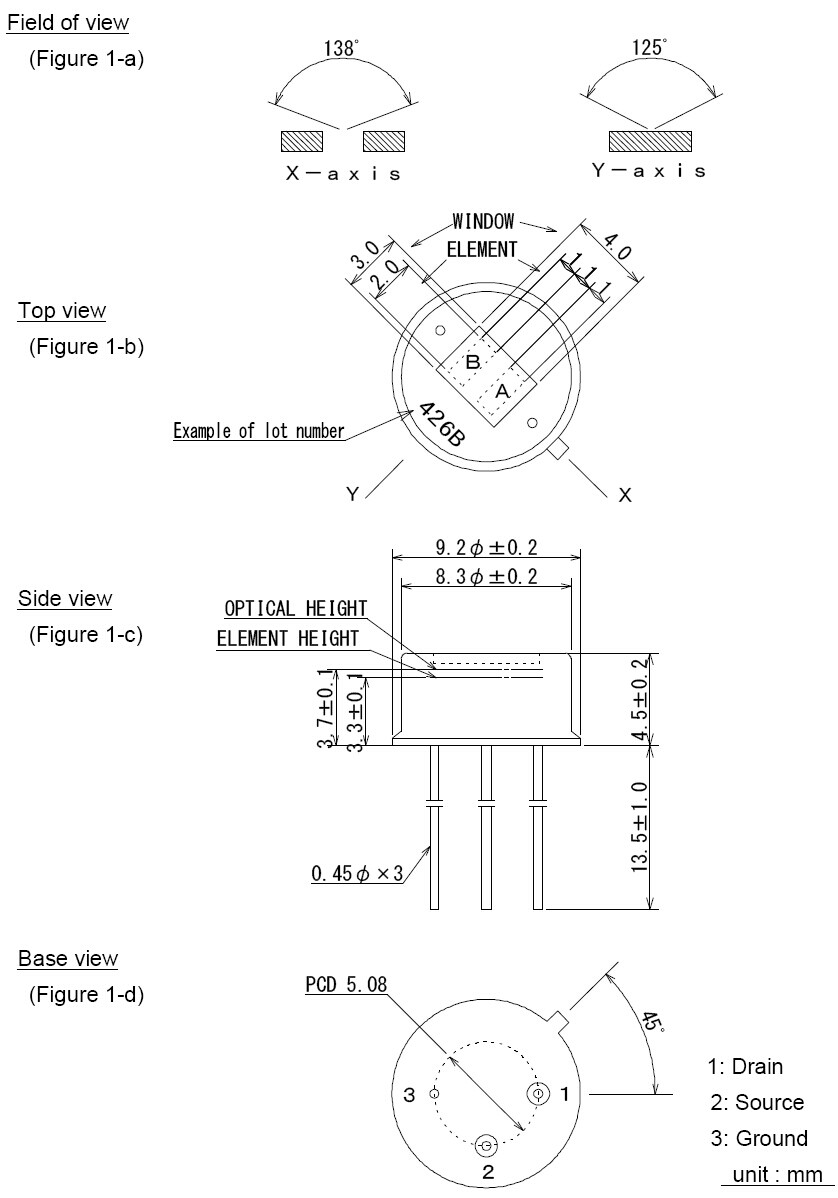
Automatically sensing light for floor, bathroom, basement, porch, warehouse. Photosensitive control ( optional, not factory-set ) can be set photosensitive contorl, day or light intensity without induction.ġ. Automatic induction : to enter the sensing range of the output is high, the person leaves the sensing range of the automatic delay off high output low.Ģ. Sensing range : less than 120 degree, whtin 7 metersġ. Seconds to warm up, so try to avoid motion during that time.ĥ. This makes them a popular choice when building a system toĭetect potential intruders or people in general. Passive Infra-Red (PIR) sensors are used to detect motion based on the infrared heat These change pulses are what is detected.The HC-SR501 is based on infrared technology, automatic control module, using Germany imported LHI778 probe design, high sensitivity, high reliability, ultra-low-voltage operating mode, widely used in various auto-sensing eletrical equipment, especially for battery-powered automatic controlled products. When the warm body leaves the sensing area, the reverse happens, whereby the sensor generates a negative differential change. When a warm body like a human or animal passes by, it first intercepts one half of the PIR sensor, which causes a positive differential change between the two halves. When the sensor is idle, both slots detect the same amount of IR, the ambient amount radiated from the room or walls or outdoors. b) Analog output Note: To set the same detection performance as the digital output type, set the output voltage (2.5V) ☐.45V. The lens used here is not really doing much and so we see that the two slots can 'see' out past some distance (basically the sensitivity of the sensor). PIR Motion Sensor (EKMB, EKMC, AMN2, 3) ASCTB240E 201208-T 2) NaPiOn series a) Digital output Note: The current which is consumed during detection consists of the standby consumed current plus the output current. The PIR sensor itself has two slots in it, each slot is made of a special material that is sensitive to IR. To begin explaining how a basic sensor works, we'll use this rather nice diagram PIR sensors are more complicated than many of the other sensors explained in these tutorials (like photocells, FSRs and tilt switches) because there are multiple variables that affect the sensors input and output.

RE200B datasheet(most likely the PIR sensing element used).BIS0001 Datasheet(the decoder chip used).Power supply: 5V-12V input voltage for most modules (they have a 3.3V regulator), but 5V is ideal in case the regulator has different specs.Sensitivity range: up to 20 feet (6 meters) 110° x 70° detection range.Pulse lengths are determined by resistors and capacitors on the PCB and differ from sensor to sensor.

Output: Digital pulse high (3V) when triggered (motion detected) digital low when idle (no motion detected).If there's a datasheet, you'll want to refer to it Nearly all PIRs will have slightly different specifications, although they all pretty much work the same. These stats are for the PIR sensor in the Adafruit shop which is very much like the Parallax one.


 0 kommentar(er)
0 kommentar(er)
